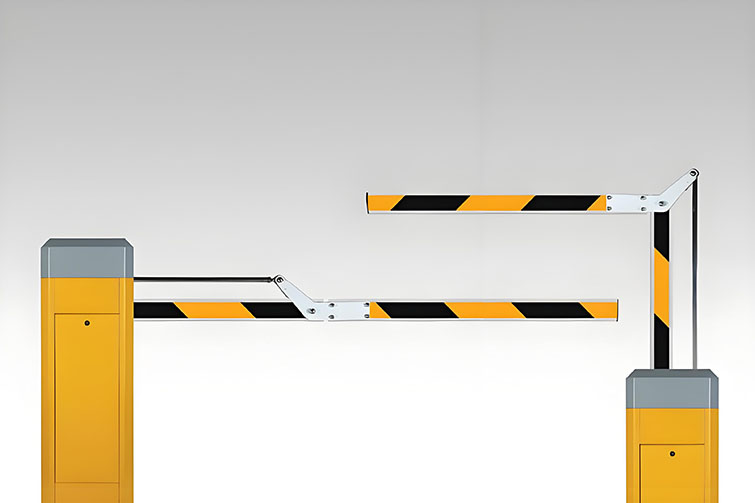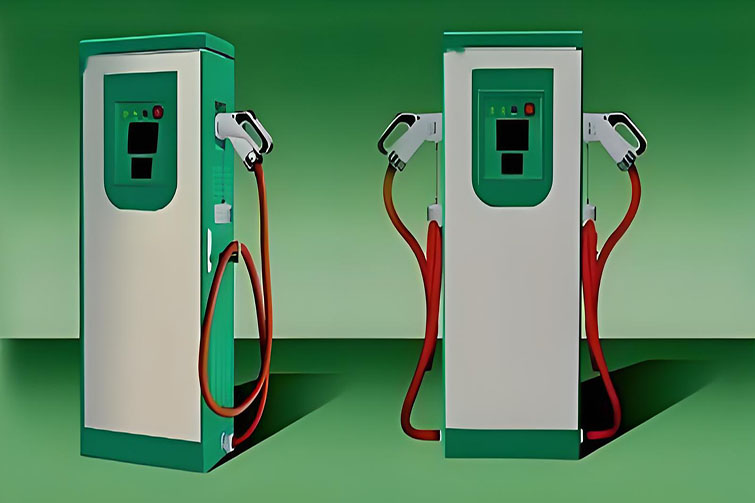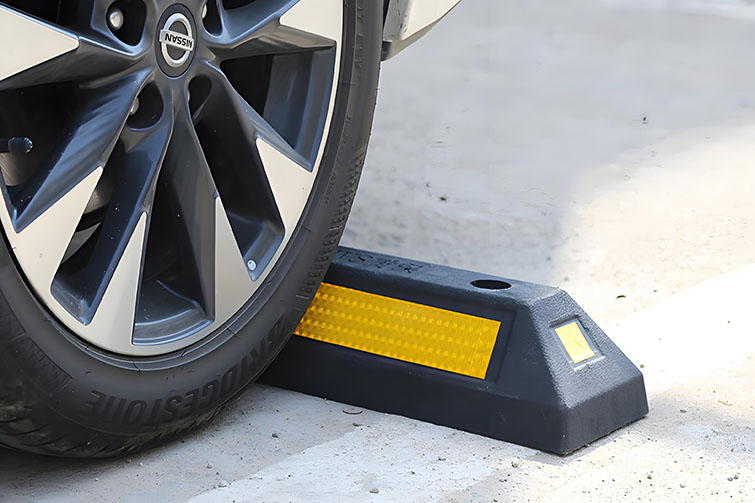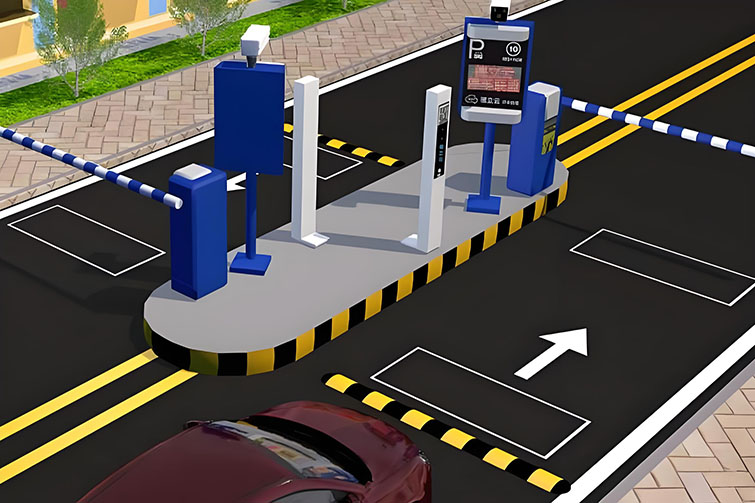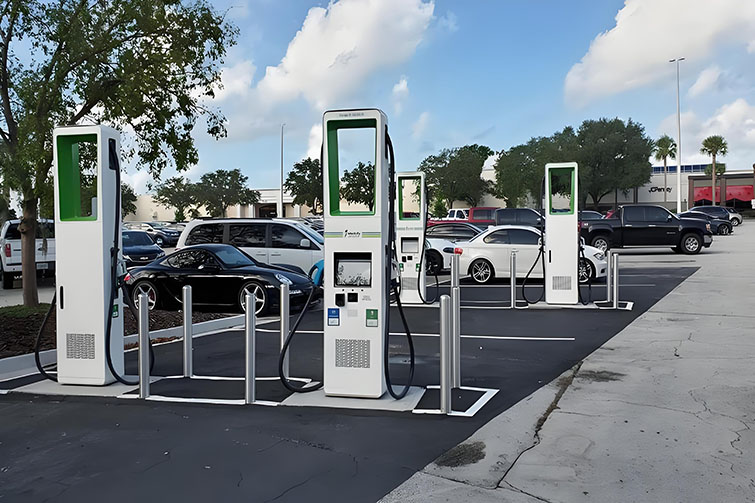
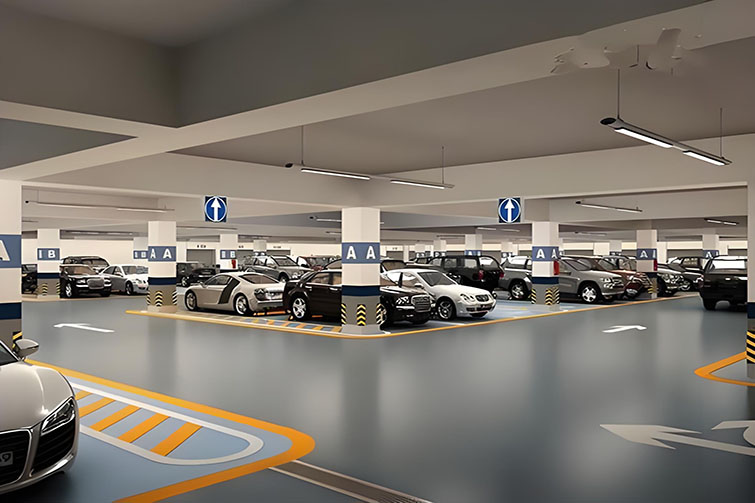
How Much Does Paving a Parking Lot Cost? Unveiling the Price Factors
Paving a parking lot is more than just laying asphalt or concrete; it’s about creating a functional, durable space for vehicles. The question, “how much does paving a parking lot cost?” is common among property owners and developers. The answer, however, depends on several factors, each contributing differently to the final cost.

1. Size and Scope of the Project
The cost to pave a parking lot largely depends on the size of the area. Costs are typically calculated per square foot and can vary based on the scope of the project. Larger lots require more materials and labor, increasing the overall expense.
2. Materials Used
The choice of paving materials significantly impacts the cost. Asphalt is generally less expensive than concrete and is preferable for larger areas due to its cost-effectiveness and quick installation. However, concrete is more durable and requires less maintenance, making it a cost-effective option in the long run for areas with heavy traffic.
3. Site Preparation
Preparation involves clearing the land, grading, and ensuring proper drainage. This stage is crucial as poor drainage can lead to water damage and increased maintenance costs. The complexity of site preparation can significantly influence the overall costs.
4. Installation of Road Gates and Parking Lot Control Systems
Integrating a road gate or a parking lot gate system is essential for controlling access and enhancing security. The installation of these systems involves additional hardware, software, and potentially, labor costs. Depending on the sophistication of the parking lot control systems, this could substantially affect the budget.
5. Labor Costs
Labor costs can vary widely by region and the contractor’s expertise. It’s vital to choose experienced contractors to ensure quality work that lasts, avoiding frequent repairs that add to total expenditures over time.
6. Maintenance and Upkeep
Finally, the cost of maintaining a paved parking lot should not be overlooked. Regular maintenance includes seal coating, pothole repair, and line striping. These are essential to extend the life of the parking lot and reduce long-term costs.
In conclusion, the cost to pave a parking lot can range significantly based on factors such as size, materials, preparation work, and additional features like parking lot gates. Understanding these elements can help property owners plan and budget more effectively, ensuring that the parking area is both functional and cost-efficient.


